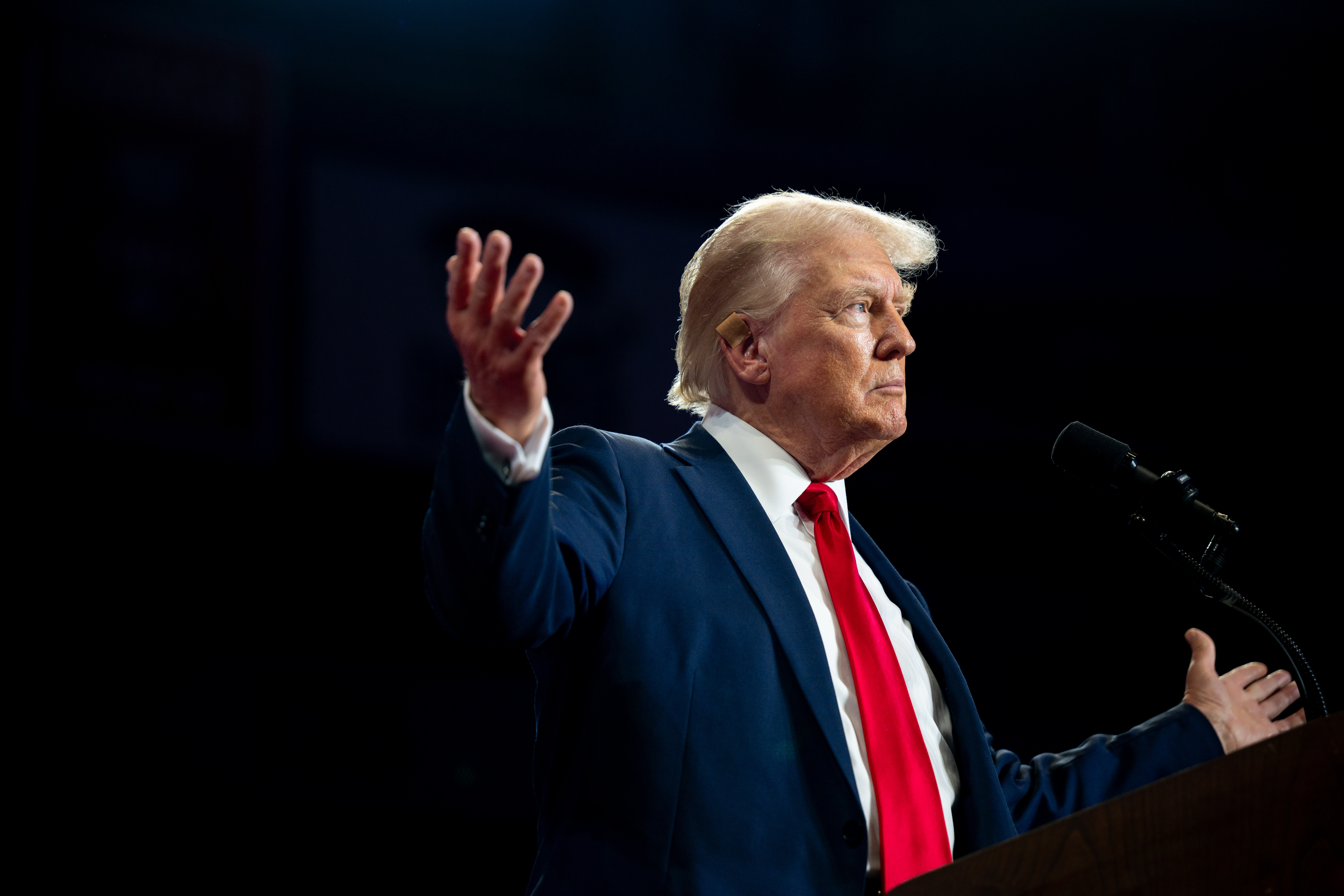Opinion | While All Presidents Stretch Their Powers, Trump's Actions Are Unprecedentedly Radical.
The funding freeze exceeded the actions taken by earlier presidents regarding executive authority.

The initial memo from Matthew Vaeth, the acting director of the White House’s Office of Management and Budget, which has now been rescinded, contained many ambiguities, particularly concerning the scope and duration of the “temporary” halt to “all federal financial assistance programs and supporting activities.” Most critically, the memo failed to specify any constitutional or legislative authority that would grant the president the power to pause, let alone eliminate, all domestic grant programs.
Implicit in the memo is a bold assertion: the president not only has the authority to freeze all funding during a review, but it should also enable him to permanently remove items from appropriations statutes at will. This approach poses a serious risk to Congress’ authority and threatens the separation of American civil society from the partisan shifts of the White House.
This overreach goes far beyond the actions of previous presidents during times of executive contention. For instance, former President George W. Bush’s “signing statements” indicated his belief that specific provisions of laws impinged on his constitutional power. Likewise, former President Barack Obama’s sweeping orders providing immigration relief through DACA and DAPA targeted specific aspects of federal law without constituting broad attacks on federal operations. Notably, signing statements did not prevent laws from being enforced, and Obama-era immigration relief was grounded in an interpretation of federal law, not a blatant decision to disregard it.
Moreover, there is a staggering disparity between the reasoning behind the funding freeze and its extensive implications. The OMB memo references the unpassed “Green New Deal” and an imagined “Marxist” agenda, showcasing a disconnect from the reality of federal funding that supports states, hospitals, social services, law enforcement, and educational institutions.
Neither the signing statements nor the executive orders from previous administrations exhibit this reckless approach to federal law. There is no implication that the president possesses the unrestricted authority to target a congressionally mandated fund for elimination without justification.
Instead of citing legal authority for such claims, the OMB memo relies on Trump’s “mandate,” a term that conveniently obscures the lack of credible constitutional or statutory authority behind the power grab. It is hardly surprising that a judge has temporarily blocked the funding freeze, and following significant backlash, the administration rescinded the memo, at least for the time being.
The Constitution clearly states that Congress must authorize appropriations, while the president is obligated to “take Care” that these laws are “faithfully executed.” There is no foundation in constitutional text or history for the president to assert an unlimited power to impound funds as suggested in the OMB memo. In 1975, the Supreme Court rejected former President Richard Nixon’s argument that he could spend less than what Congress had appropriated, a ruling that would not have favored Nixon had he possessed constitutional power to impound.
In response to Nixon's actions, Congress passed the 1974 Congressional Budget and Impoundment Control Act, which outlines specific circumstances under which the impoundment of funds is permissible. None of those circumstances apply here, and all require the president to notify Congress explicitly and immediately. The OMB memo contravenes the 1974 law by claiming a power that Congress did not delegate.
In fact, the Supreme Court has tightened the constitutional constraints on unilateral executive authority lacking statutory backing. Under Justice Neil Gorsuch’s influence, the Court has emphasized the necessity of clear authority from Congress for any delegated powers, including authority to issue regulations. The OMB memo undermines these rulings by allowing the president to manipulate funds in a way that is not permissible for regulations.
While there have been rare instances of impoundment, they primarily pertain to foreign affairs and national security. For example, in 1803, Thomas Jefferson refrained from spending funds on gunboats due to concerns over sensitive negotiations with Napoleonic France. Any unilateral presidential authority concerning foreign matters cannot be indiscriminately applied to all domestic expenditures.
Additionally, previous presidents have faced situations where they had to choose between meeting legislative obligations and a lack of appropriated funds. Courts seldom intervene in these conflicts, but it is notable that in a 2012 case involving competing mandates, the Supreme Court rejected the executive's attempt to withhold allocated funds.
The scant instances of impoundment serve as cautionary examples rather than endorsements. In 1860, President James Buchanan withheld funding for Illinois post offices as punishment for the state’s representatives, demonstrating the potential for abuse inherent in impoundment rather than its constitutional validity.
The absence of precedent for this power stems from the reality that what Trump’s White House is asserting would undermine Congress’ constitutional authority fundamentally.
Much like the line-item veto that was deemed unconstitutional by the Supreme Court in 1998, this claimed impoundment power represents a de facto capability to selectively modify duly enacted laws. Such an approach to nonenforcement should raise alarms among conservatives, especially considering that red states like Texas, backed by Trump adviser Stephen Miller, previously condemned the Biden administration for disregarding federal immigration laws through nonenforcement.
The implications extend beyond the powers of Congress. Consider the potential for the impoundment authority claimed by the Trump administration to be weaponized against blue states and civil society.
Imagine California facing severe wildfires before the 2026 midterms: could the White House withhold relief funds until after the election, favoring only Republican-leaning districts? Or envision the White House cutting funds from every hospital providing reproductive care and abortions or withdrawing support from universities involved in voter engagement.
Though these scenarios may sound extreme, they are not without basis in reality, especially when considering the partisan purges in the Justice Department and the selective removal of protective services from Trump’s perceived adversaries.
As Justice Antonin Scalia once remarked, sometimes a wolf appears in sheep’s clothing, and at other times, it simply “comes as a wolf.” The dangers posed by this administration’s approach to funding are all too real and must be recognized for what they are.
Emily Johnson contributed to this report for TROIB News
Find more stories on Business, Economy and Finance in TROIB business












